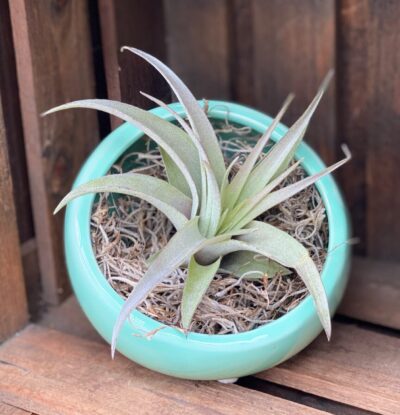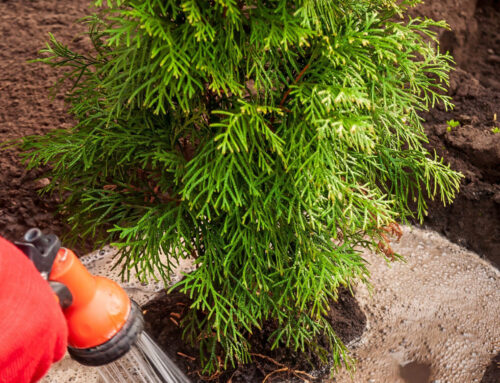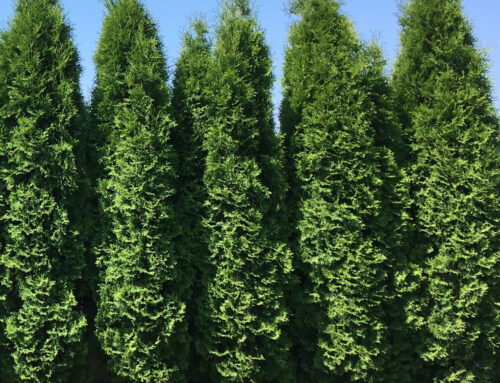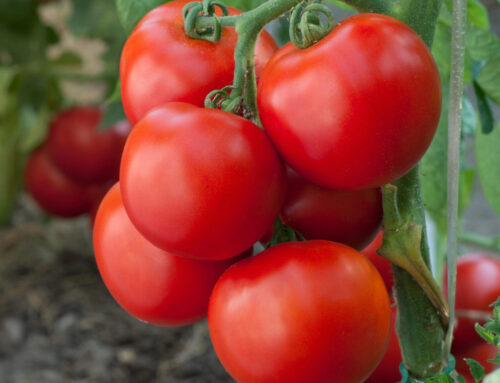Air plants are a very cool plant that grow without soil. In their natural habitat – forests, mountains, and deserts of South & Central America, air plants grow on other plants (without harming them) in the crooks and branches of trees. Keep reading to find out how to care for these little plants.
Light – Natural Sunlight
Air plants need bright, indirect light to grow. Southern or eastern facing windows make great candidates. As a rule of thumb, the more humidity an air plant recieves, the more light it can take. Careful to avoid direct sun, these little guys will fry. A sunny bathroom is the best of both worlds. Indirect light and humidity from the shower will help it grow.
Light – Artificial
Fluorescent light, not regular incandescent bulbs, are a must. They need, at a minimum 12 hours a day, and to be placed no more than 3 feet from the light source. A special bulb (Gro-Lux, Vita-Lite, etc.) should be used if you are unsure if the artificial light would work for your plant.
Water
You can either mist or soak your air plant when it comes time to water. Here are some questions to ask yourself before you decide what kind of watering your air plant needs:
- How much light does your plant receive?
- What is the temperature in your home?
- Is your space dry? Is your plant near a heater or fireplace?
- Or is your space humid?
Here is how it’s recommended, by Pistils Nursery, to start your air plant care on the right foot.
- Every 1-2 weeks, soak your air plant in room temperature tap water for 5-10 minutes.
- After soaking gently shake excess water from your plant & turn upside down in bright light for around 3 hours, until dry.
- Once a week, mist your plant thoroughly so that the entire surface is moistened – but not dripping.
- During the summer to early fall, the more you will need to mist. Winter to spring, the air will be cooler, the less water your air plant will need. Remember that heaters and fireplaces will dry out the air!
- Water in the morning for the most success. Night is when the air plant respires, or breathes, so that becomes disrupted if the plant is misted or soaked in the evening.
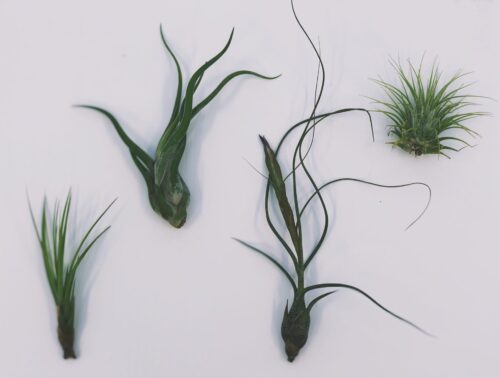
Is my plant getting enough water?
Underwatering signs include leaf tips turning brown or crispy. Overwatering is trickier, as this plant typically will develop root rot and will not be able to be saved. If the base of the plant turns brown or black, and the leaves are falling out or off the center, your plant most likely has root rot.
Life Cycle
Air plants flower once in their lives. Blossoms can last from a few days to a few months! Just before, during or after flowering (and depending on the species) air plants will reproduce by sending out multiple “pups”. Pups are essentially baby air plants, starting out very small, then grow into a larger size. Pups can be safely seperated once they are about 1/3-1/2 its size.
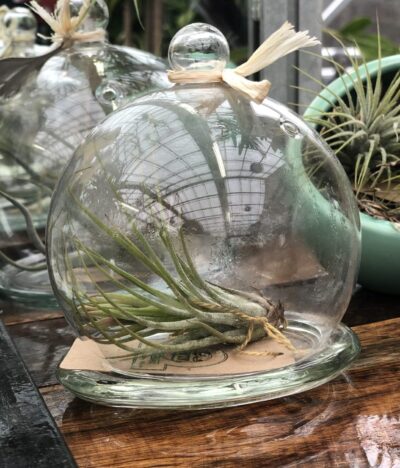
Terrariums & Aeriums
Glass Container with Removable Lid:
- Practice regular care regimen. Remove from aerium or terrarium to mist or soak. Then allow to dry before replacing glass.
- Glass containers will be more humid & hotter than surrounding area.
- Do not put glass vessel too close to a window!
Glass Container without Removable Lid:
- You will rely on misting, since you cannot remove them from the glass container to soak.
- Small glass? Less air circulation, means longer drying time, and less frequent misting.
- Large glass? More air circulation, means shorter drying time, and more frequent misting.
- When misting, mist around the plant, instead of on the plant. A humid environment is the goal.

